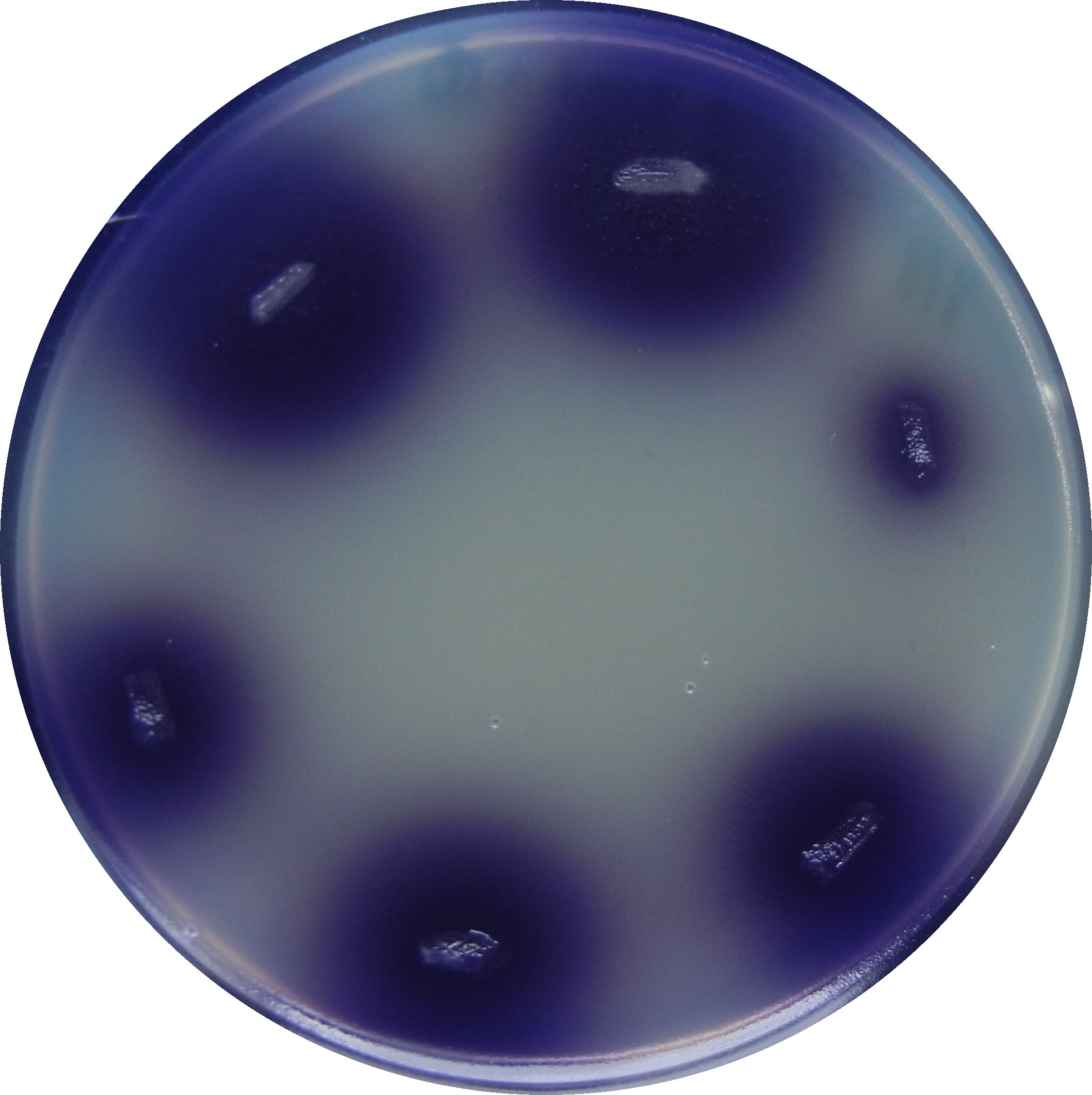Research Description

My group studies the pathogenic lifestyles of plant bacteria, including Agrobacterium tumefaciens causing crown gall, Pantoea ananatis causing rice sheath rot and onion center rot, and Acidovorax avenae subsp. citrulli causing fruit blotch on water melon. Our research is aimed at characterizing the interactions of host plants and pathogenic bacteria at genome-wide levels, and identifying genes important for pathogenicity and symptom development. We are interested in functions and regulation of those genes and subsequently find useful genes that may confer disease resistance. Studying regulation mechanisms of pathogenicity genes will lead to a new way to control bacterial diseases.
We are also investigating bacterial cell to cell communications. In the environment, bacteria usually exist as multicellular structures. We study social group activities of bacteria by identifying new regulatory networks involved in cell-cell communication, signal molecules for cell-cell communication, and genes involved in its synthesis. We also study how bacterial cell-cell communications are involved in pathological and physiological behaviors.
To gain insight into the signaling used by plant pathogenic bacteria to overcome host resistance, we use modern biochemical, cell biological, and genetic approaches.

My group studies the pathogenic lifestyles of plant bacteria, including Agrobacterium tumefaciens causing crown gall, Pantoea ananatis causing rice sheath rot and onion center rot, and Acidovorax avenae subsp. citrulli causing fruit blotch on water melon. Our research is aimed at characterizing the interactions of host plants and pathogenic bacteria at genome-wide levels, and identifying genes important for pathogenicity and symptom development. We are interested in functions and regulation of those genes and subsequently find useful genes that may confer disease resistance. Studying regulation mechanisms of pathogenicity genes will lead to a new way to control bacterial diseases.
We are also investigating bacterial cell to cell communications. In the environment, bacteria usually exist as multicellular structures. We study social group activities of bacteria by identifying new regulatory networks involved in cell-cell communication, signal molecules for cell-cell communication, and genes involved in its synthesis. We also study how bacterial cell-cell communications are involved in pathological and physiological behaviors.
To gain insight into the signaling used by plant pathogenic bacteria to overcome host resistance, we use modern biochemical, cell biological, and genetic approaches.


